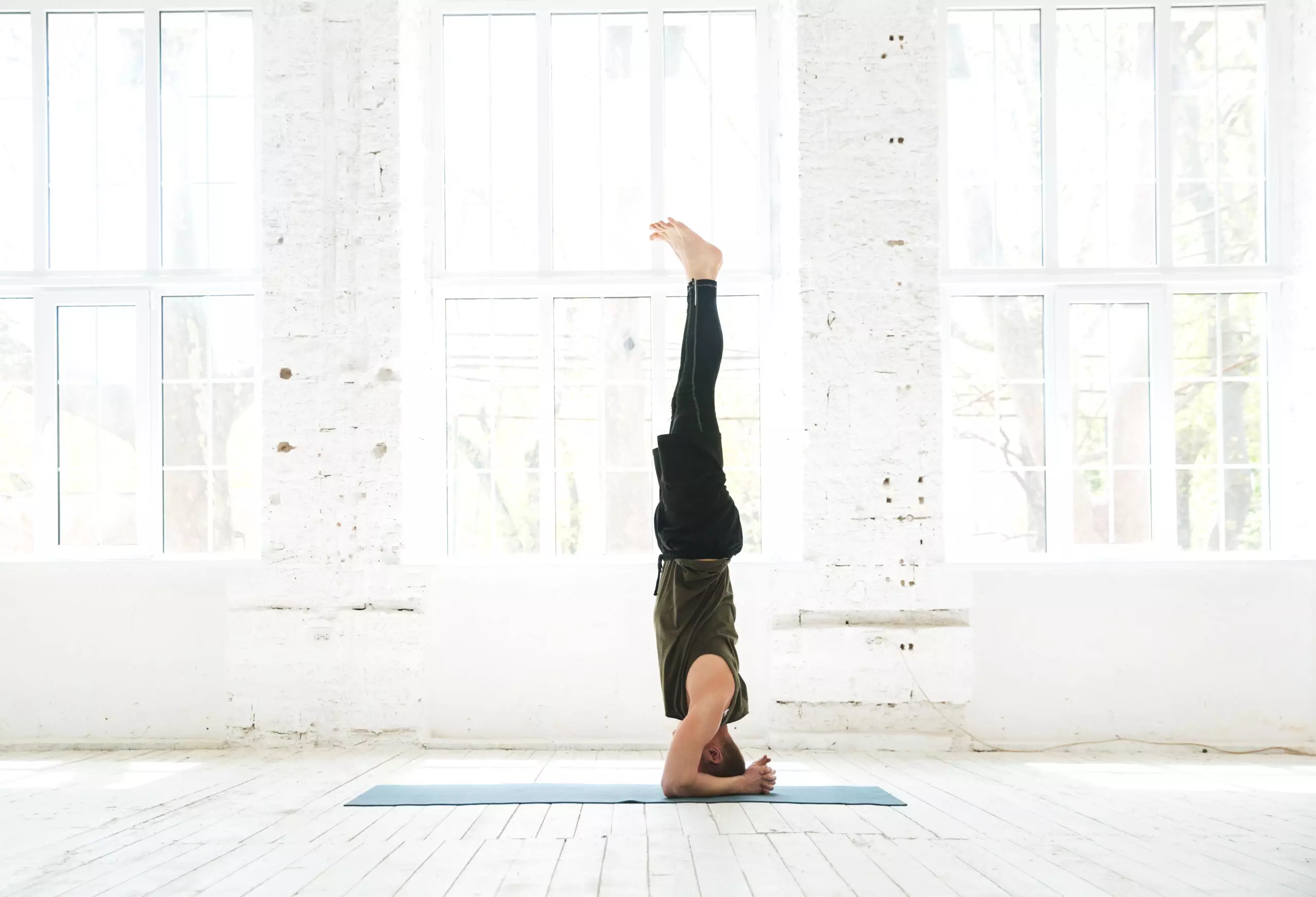Do you want to improve your overall fitness but don’t know where to start? Look no further than walking! Walking is one of the simplest and most effective ways to get in shape, lose weight, and boost your health. In this article, we will explore how walking can help you achieve your fitness goals, as well as provide tips for making the most out of your walking workout.
Introduction to Walking for Fitness
Walking is an excellent form of exercise that is suitable for people of all ages and fitness levels. It requires minimal equipment, can be done almost anywhere, and provides numerous benefits for your body and mind. Whether you are looking to shed some pounds or simply maintain your current weight, walking can help you reach your goal.
The Benefits of Stretching Before and After a Walk
One of the best things about walking is that it doesn’t require any special training or skills. However, like any other physical activity, stretching before and after your walk is essential to prevent injury and maximize its benefits. A few minutes of dynamic stretches such as leg swings, arm circles, and high knees can warm up your muscles and prepare them for action. Similarly, static stretches post-workout can help alleviate soreness and reduce inflammation.
How to Incorporate Strength Training into Your Walking Routine
While walking alone can do wonders for your fitness level, incorporating strength training exercises can take your results to the next level. Bodyweight exercises such as squats, lunges, pushups, and planks can help build muscle mass, increase bone density, and improve core stability. Try doing these exercises at every other walking session to challenge yourself and see faster results.

Tips for Making the Most Out of Your Walking Workout
To make the most out of your walking routine, here are some tips to follow:
1. Start slow and gradually increase intensity – Begin with 20-30 minute walks, three times per week, and then progressively add time and distance over several weeks.
2. Listen to your body – If you experience pain or discomfort during your walk, stop immediately and rest. Do not continue if you feel dizzy, short of breath, or have chest pains.
3. Use proper technique – Keep your shoulders relaxed, arms bent at a 90-degree angle, and step forward with your dominant foot first.
4. Make it enjoyable – Choose scenic routes, listen to music, or bring a friend along to keep you motivated and engaged.
5. Track your progress – Write down the duration, distance, and pace of each walk so you can monitor your improvement over time.
In conclusion, walking is an accessible and effective way to improve your overall fitness level. By incorporating stretching, strength training, and following simple tips, you can make the most out of your walking routine and achieve your health and wellness goals. So lace up those shoes and hit the pavement – your healthiest self awaits!









